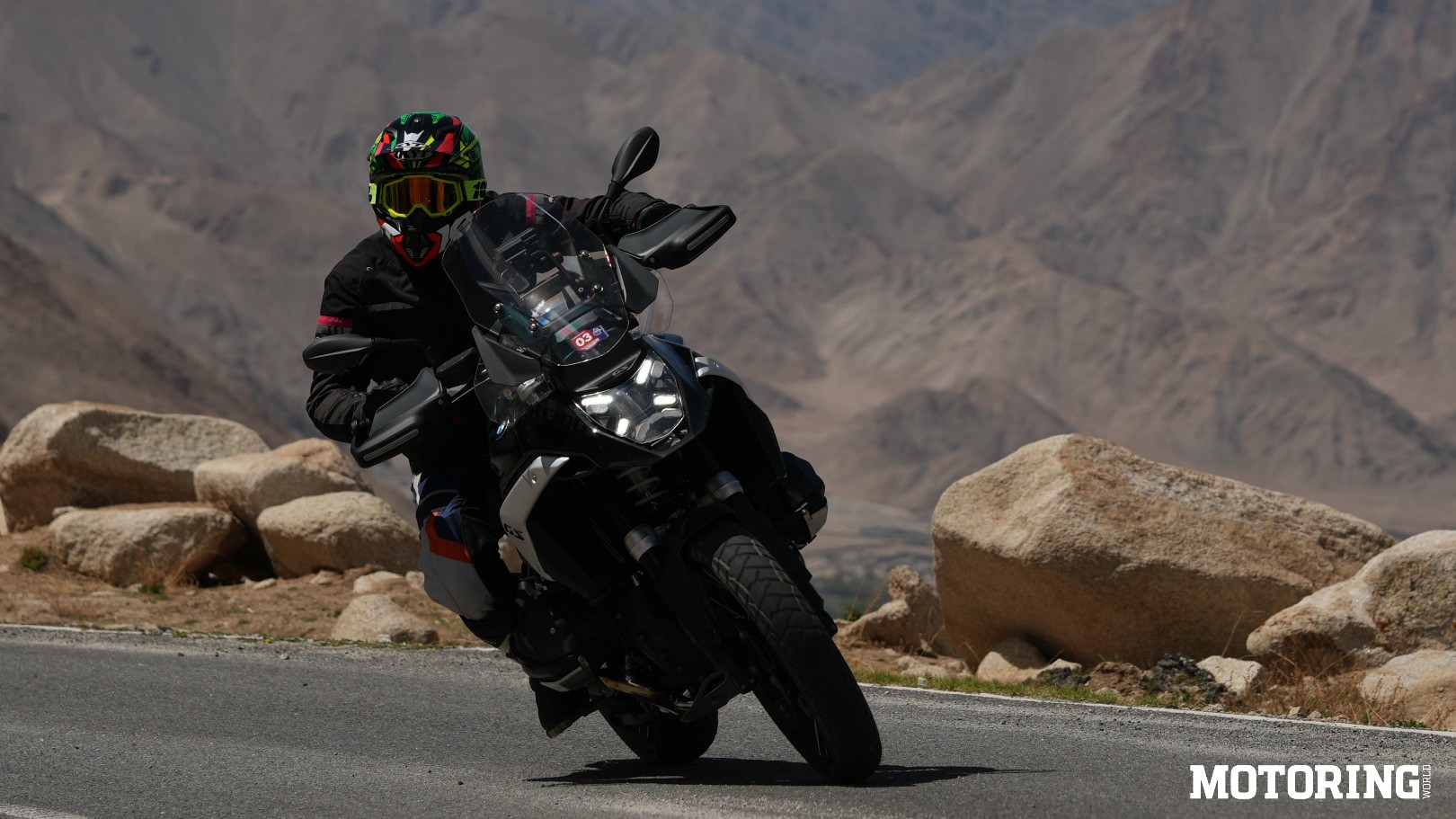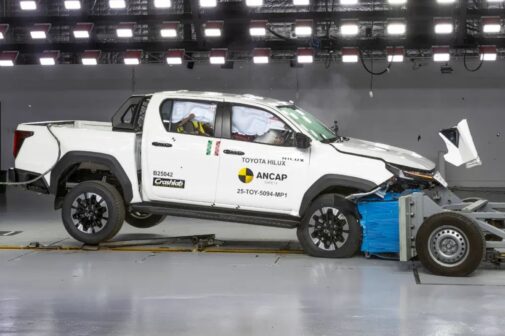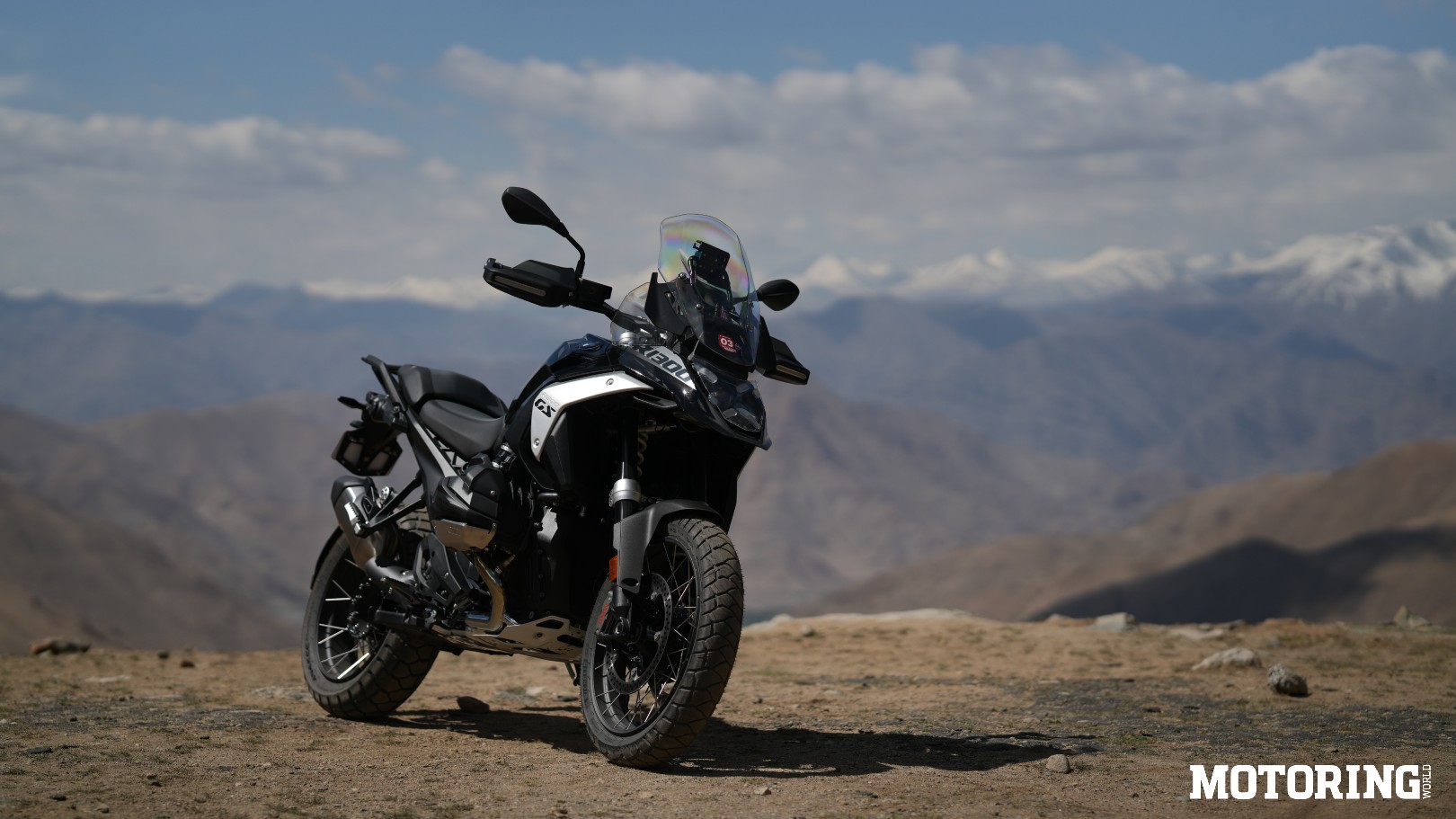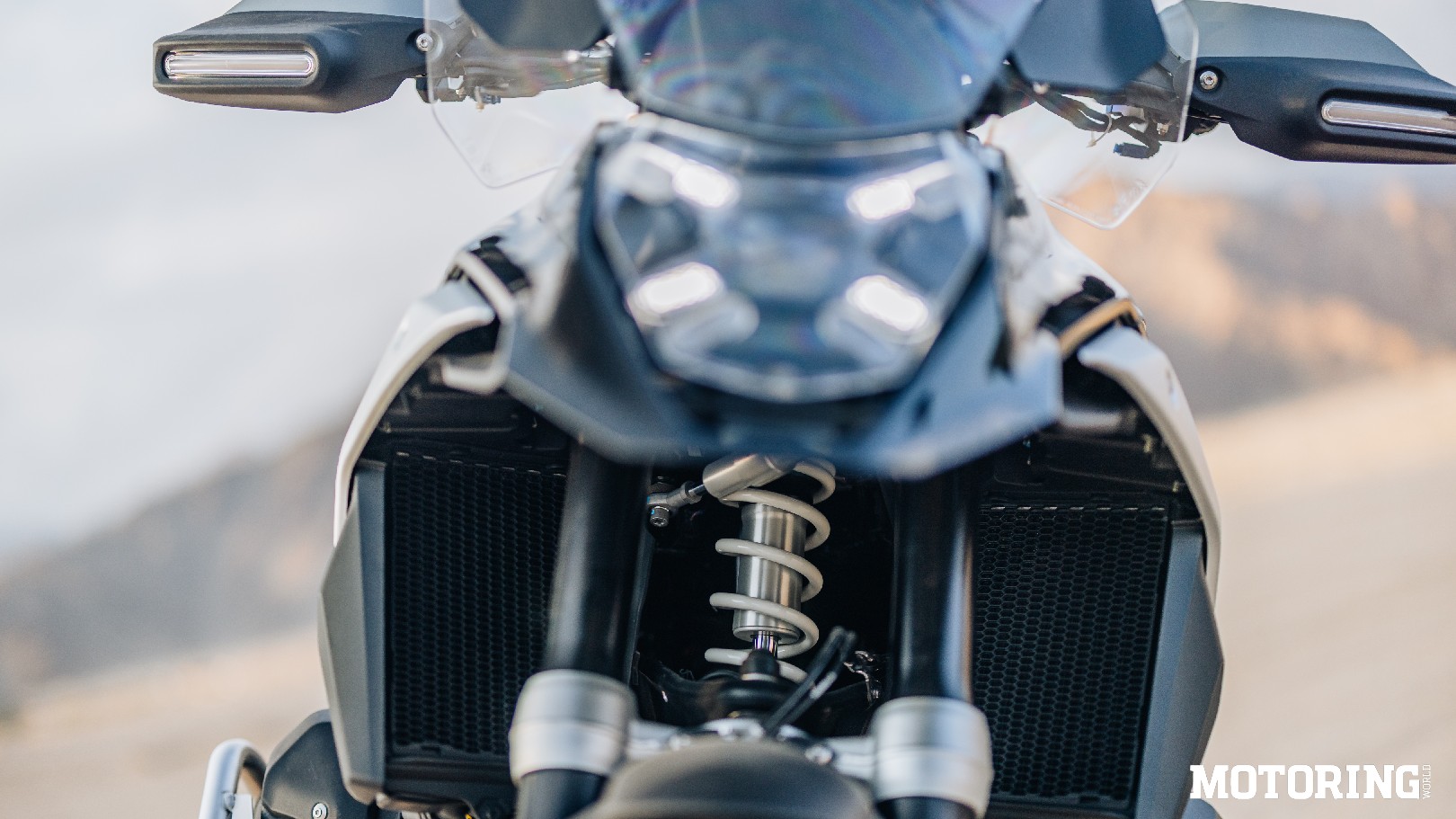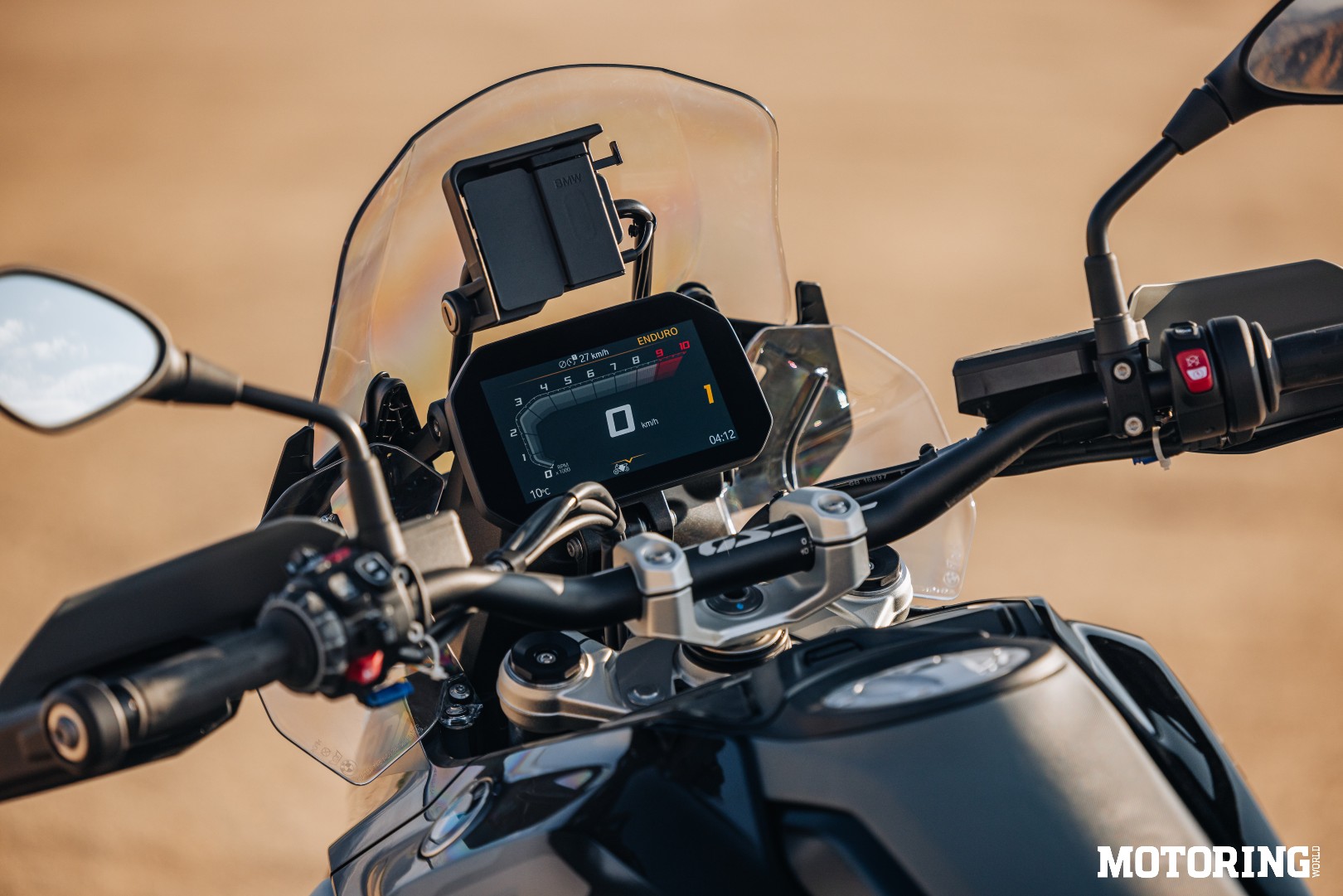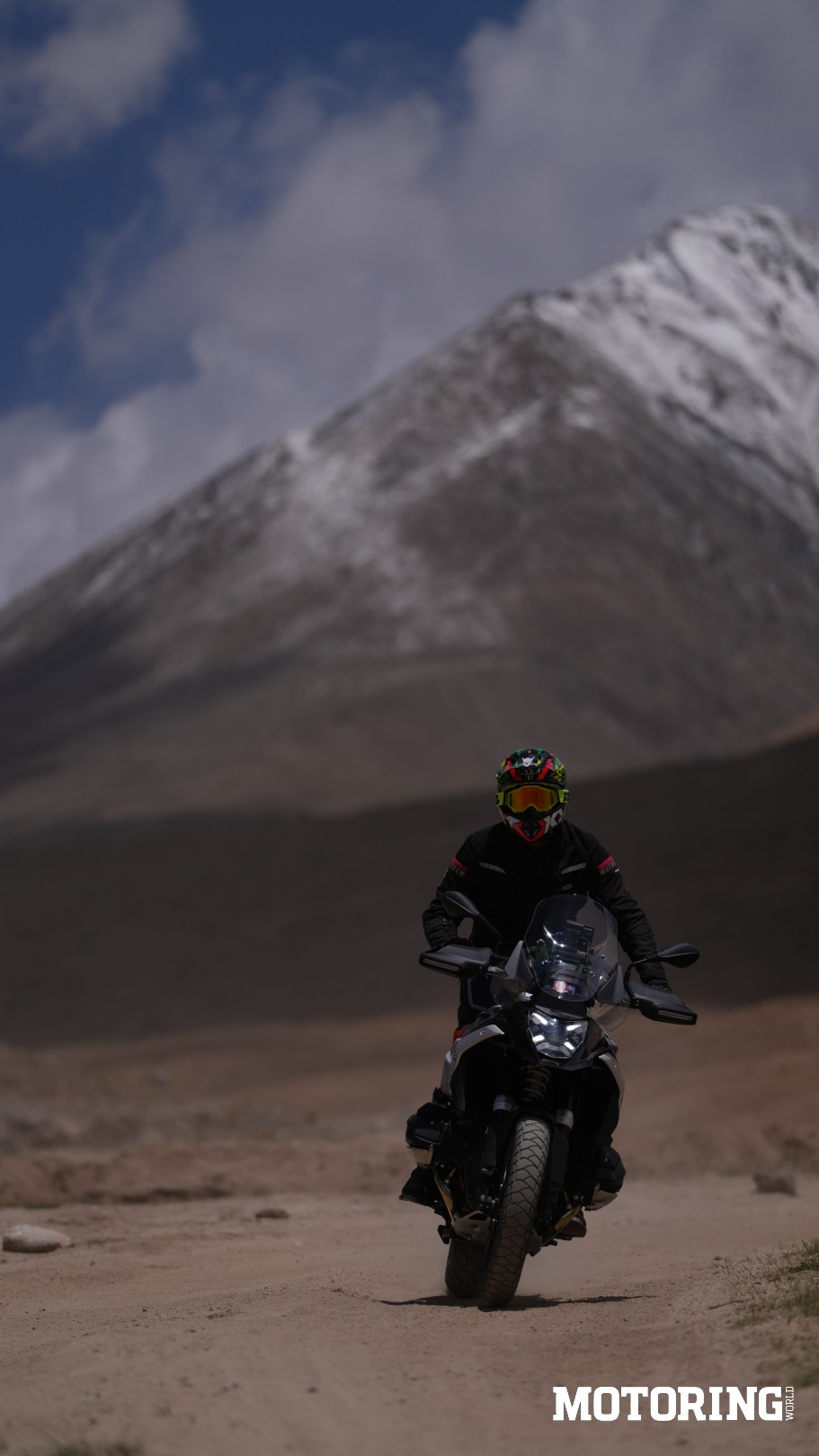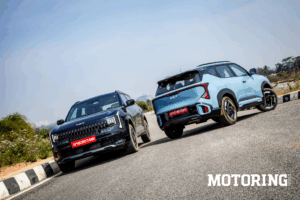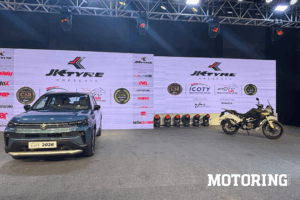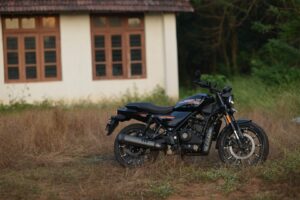‘The only constant in life is change’ – Heraclitus
For a species that is a slave to routine, the Greek philosopher’s quote comes across as a scary reality check, no? Though this line holds true today and will continue to do so till the end of time, our fear of change also continues to remain constant, doesn’t it? After all, change rattles the false sense of control we have over our lives.
Take the case of the BMW R 1250 GS — the gold standard of big, burly ADVs. A bike that set the benchmark for its segment had to undergo a radical change. If the number of GS’ roaming the planet was a figure to go by, the Bavarian giant had nailed the formula of creating the near-perfect ADV, right? Despite their best attempts, no European or Asian manufacturer could replicate the magic of GS. And that’s exactly what makes a radical update like the R 1300 GS a big gamble. Can it be GS enough?
In terms of aesthetics, it is completely different from the 1250 GS, yet a glance is enough to know that the 1300 is a GS. Yes, just like the S 1000 twins, the asymmetrical headlight is gone for a more compact, symmetric one. And that seems to be the theme for the new bike throughout, but more on that later. Every panel on the R 1300 GS, down to the rear mudguard, is different from its predecessor. Every bit is now compact, chiselled and aerodynamic. Think of it this way: The R 1250 GS looked like a powerlifter — brutish and bulky, but the R 1300 GS is more like a crossfit athlete — lean and functional. So, how is it GS, then? Well, it carries the same strong shoulder line running from its beak to the fuel tank and has that brushed aluminium radiator shrouds. But more importantly, it flaunts that iconic boxer engine.
As the name suggests, the displacement is up to 1300cc, which means more performance. But there’s so much more to it than just that. Just like the rest of the bike, the engine is now symmetrical. So, looking down at the boxer heads from the saddle won’t trigger your OCD. Then there’s a new transmission that is lighter, compact and now sits under the boxer heads as opposed to behind them on the 1250 GS. The result? 6.5-kg lighter engine that aids mass centralisation and is an absolute riot on the road. But does it ride like a GS?
Well, it felt vastly different from the older bike, yet there was a sense of familiarity with the R 1300 GS, which is what I loved. With all the visual bulk from the front gone, I felt that I was more ‘on the bike’ rather than being ‘in’ it. And on an ADV, that meant I had better control over it. But in retrospect, it was the chassis that made such a difference in the riding experience.
It never occurred to me that the GS’ suspension would need an upgrade. I mean, even after a decade, it felt way ahead of its competition. But somehow, the whitecoats at Munich have managed to make it even better. The Evo telelever suspension now comes with a flex element and the handlebar now sits on a spherical bearing assembly. The result? Be it hard braking over going over bumps, the handlebar doesn’t feel floaty, even though the front rakes out, giving unparalleled control and confidence over the motorcycle. This is matched by the new Evo paralever suspension that has an auxiliary spring and piston that activates with a solenoid valve. So, essentially, there’s a backup suspension if things get gnarly. What brought about the familiarity, then? The fact that the GS wanted me to ride it the way I wanted, and forget about everything else.
And for that, the GS gets a new ‘sandwich’ button that shows all the important settings at the press of a button. From adjusting the windshield and traction control settings to ride height and damping… all with just one button. So, now more fiddling around complex switchgears or memorising menus and instead focus purely on riding.
Getting used to the GS may require some level of unlearning. For me, I had to wrap my head around the fact that the front won’t dive under hard braking before entering a corner. On the 1250, that resulted in a vague-ish feeling at the handlebar. But on this? It almost replicated the feel of a conventional fork in terms of feedback. And though we had limited experience off the tarmac, the near-symmetric placement of the boxer heads gave my right leg better range of motion when standing up, compared to the older model.
The engine, the chassis, the design, everything has made the R 1300 GS a much better globetrotter than its predecessor. And the fact that it masked every stupid thing I attempted to do impressed me even further. It’s only when I put it on Race display, I realised the traction control and brakes were working overtime to keep it right-side-up and how seamlessly the electronics worked, allowing me to ‘unknowingly’ scrape the pegs on this behemoth.
BMW has made almost everything to make the GS more engaging, fun, capable and easier to ride. Heck, there’s an adaptive ride height tech that will drop the seat height by 20 mm when you come to a standstill and will only go back to the original position once you cross the 30 kph mark. This same tech also raises the front and rear suspension independently to help you put the bike on the main stand. Can life get simpler than that?
There’s one thing that isn’t really simple — buying the right variant of the R 1300 GS. Fortunately, all the five variants come with tubeless wire-spoke rims, but yes, there are FIVE variants. All with different combinations of paint schemes and electronic packages. So, if you are out to buy one, you really, really should know your requirements because tech like adaptive ride height cannot be brought as an extra on variants that it’s not offered on.
The R 1300 GS is a tight slap on the face of conservatives who hide behind the shield of ‘If it ain’t broke, don’t fix it’ philosophy. It was a big gamble that BMW played, for making a better GS is no small feat, right? Afterall, the 1250 was good at everything, and continued to sell like hot cakes. It wasn’t the most powerful or the lightest in this category, just like the new one. But it just got better at what it does — making earth-roaming a cakewalk.
‘When you are finished changing, you are finished’ — Benjamin Franklin





